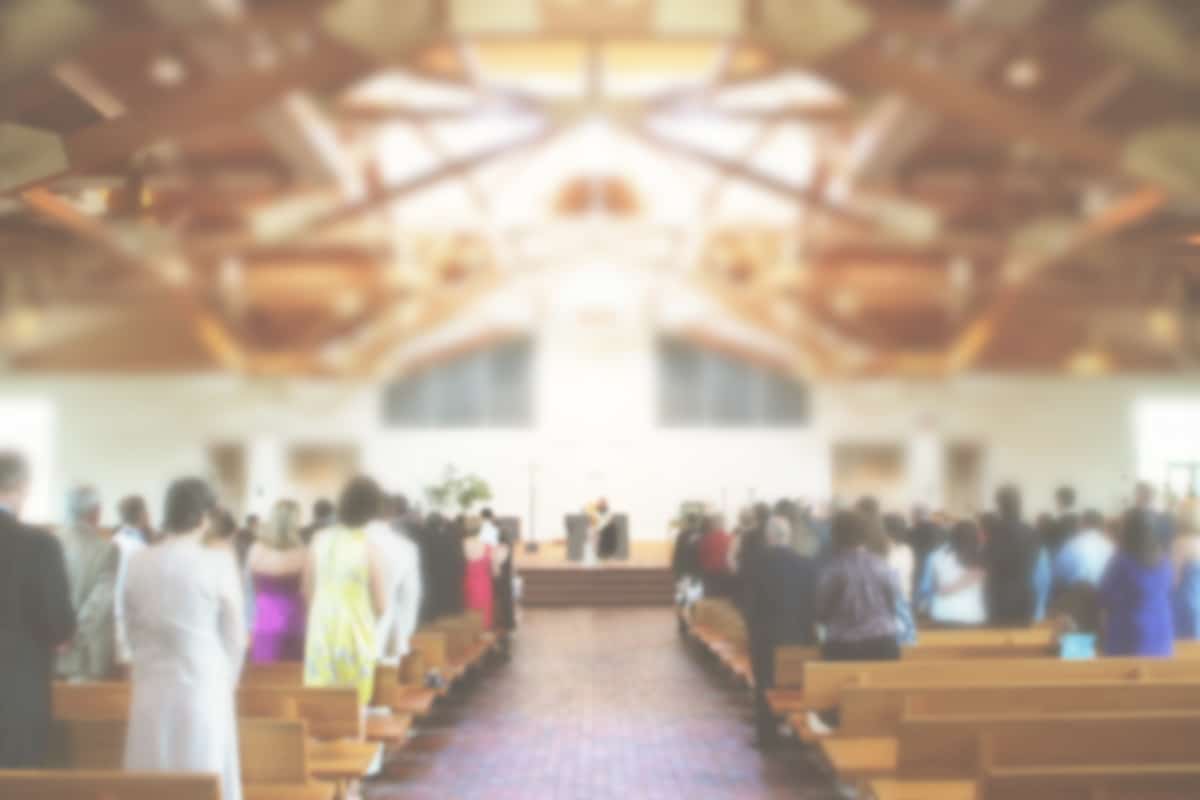By Dr. James McGarvey
Church safety culture refers to the processes and systems put in place to ensure that members, visitors, and staff are safe from harm. It is critical to establish an organizational culture that prioritizes safety, reinforces it at every level, and incorporates it into everyday practice.
One key aspect of church safety culture is the creation of clear policies and procedures, as well as robust training to ensure that all staff and volunteers are well informed and prepared to respond in the event of an emergency.
Another important consideration for building an effective safety culture in the church is the implementation of appropriate systems and technology to support safety. This includes security cameras and alarms, secure access controls, means for communication and emergency notification, and other tools that can alert authorities and congregants during an emergency.
Part of building an effective safety culture involves promoting transparency and an open dialogue about safety concerns. This involves encouraging reporting of safety and security incidents or concerns, both big and small, and ensuring that proper follow-up and investigation takes place as needed.
A Safety Committee or Security Team can be established within the church to take charge of the safety needs of the church. This team can be responsible for regular safety audits, developing safety policies and procedures, leading safety training, leading and attending safety meetings, and coordinating emergency response plans.
It’s essential to emphasize the critical role that everyone in the congregation can play in supporting a robust safety culture. This includes raising awareness and recognizing potential safety risks, reporting any incidents or concerns, following safety protocols, and supporting efforts to continually improve the church’s safety program.
Building a strong safety culture in the church requires a proactive approach that encompasses a range of policies, procedures, training, technology, and leadership. By prioritizing safety and security, and engaging the cooperation and support of all members, we can help to ensure that our church communities remain safe and secure, now and in the future.
Church culture refers to the values, attitudes, and practices that define the beliefs and practices of a particular Christian denomination or congregation. Church culture is dynamic and evolving because it is shaped by the social, economic, and political trends of the time.
Let’s discuss the different aspects of church culture, including its history, structure, belief system, and social practices.
The history of church culture can be traced back to the early Christian era, where the Roman Empire played a crucial role in shaping the development of Christianity. The adoption of Christianity as an official religion by Emperor Constantine in 312 AD marked a significant shift in the culture of the church. Over time, the church became more institutionalized, and its structures became hierarchical, with bishops, priests, and deacons playing key roles.
The belief system of the church remained relatively constant throughout history, and it remains the foundation of the Christian faith.
The Holy Trinity, the incarnation, the resurrection, and the second coming of Jesus Christ are central tenets of the Christian faith. The belief system is emphasized in various ways, depending on the denomination, such as by preaching, sacraments, and prayer.
Church culture also influences the social practices and traditions of the congregation. The social practices may include hosting religious festivals, choir performances, and charity events.
Churches sometimes have a social outreach program where members reach out to the community and offer support and assistance. Church culture may also influence dress codes, and expectations regarding behavior, such as modesty, respect for elders, and attendance at religious events.
The days and seasons of the church calendar are also integral to church culture. The church calendar follows the liturgical year, beginning with Advent, followed by Christmas, Lent, Easter, and Pentecost. The different seasons of the church calendar are marked by specific traditions, such as fasting, prayer, and particular liturgical practices.
The organizational structure of the church also contributes to its culture, with different denominations having different organizational structures. The Roman Catholic Church, for instance, is hierarchical, with the Pope as the head of the church, whereas Protestant denominations are often more decentralized and democratic in structure.
In conclusion, church culture is complex and multi-faceted, and there are many different aspects to consider.
It is shaped by the social, economic, and political trends of the time and is dynamic and evolving. The history, structure, belief system, social practices, and traditions of the church all play a crucial role in the formation of its culture.
Understanding church culture is essential for both believers and outsiders, as it helps to understand the Christian faith and its place in society.
James McGarvey, PhD, CPS, is the founder and executive director of Church Safety Guys, a non-profit organization whose mission and vision is to inspire, influence and impact church safety and security teams, www.churchsafetyguys.com. He is also a speaker, bestselling author, and broadcast host.





